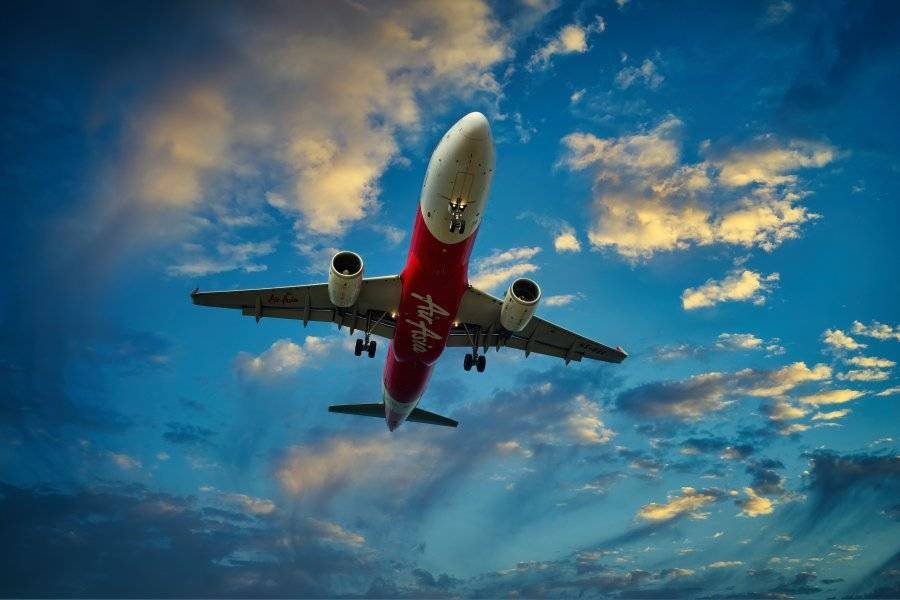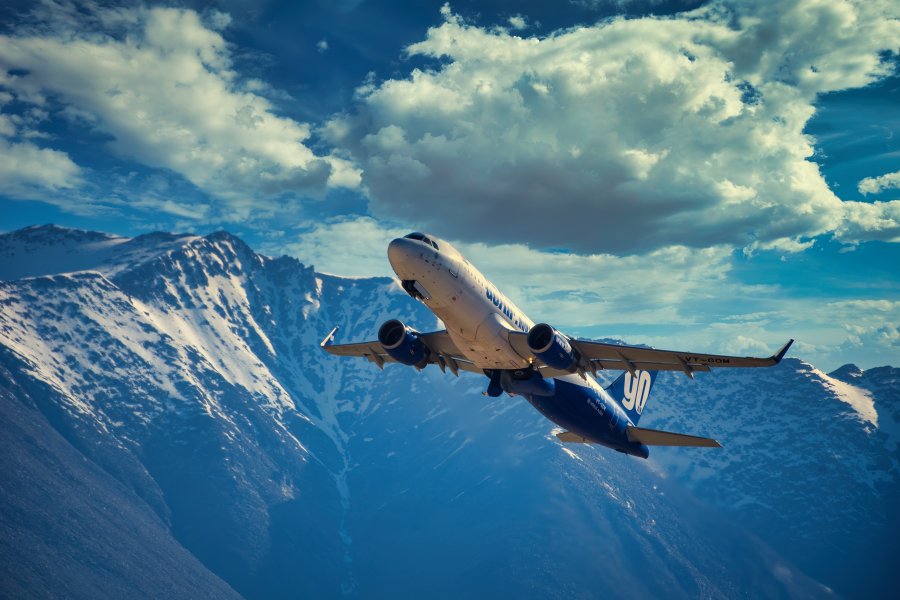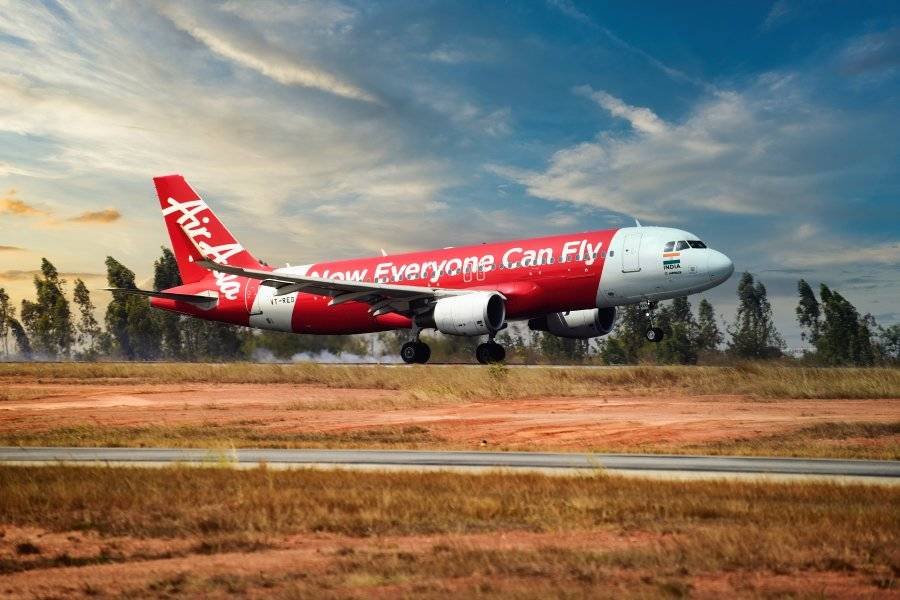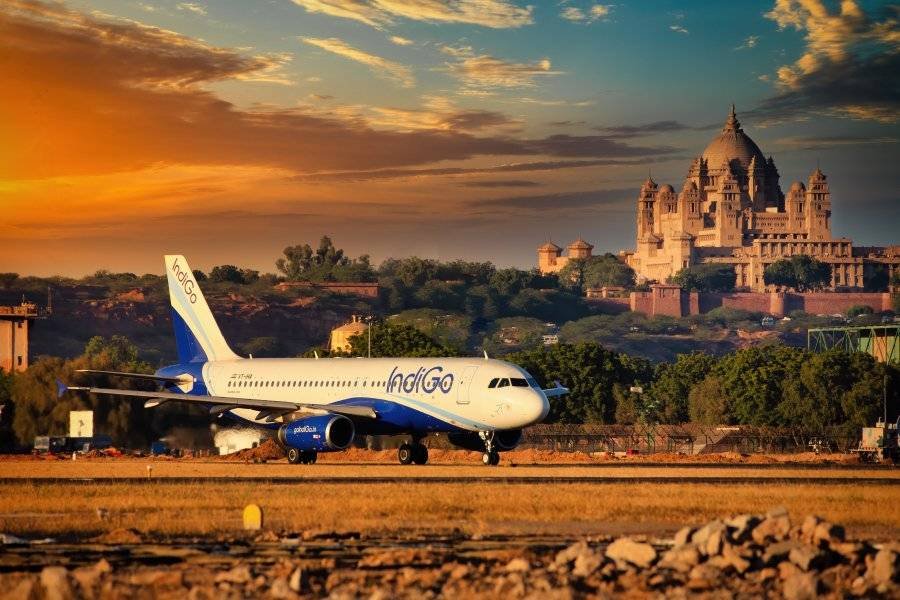The world of commercial aviation revolves significantly around the leasing of aircraft, with the Airbus A320 standing out as a popular choice among airlines. This model’s reliability, efficiency, and comfort make it a preferred option for carriers worldwide. In this article, we will delve into the nuances of aircraft leasing, focusing specifically on the Airbus A320, to understand the financial commitments involved.
What is Aircraft Leasing?
Aircraft leasing comes in two primary forms: dry lease, which includes just the aircraft itself, and wet lease, which incorporates the aircraft, crew, maintenance, and insurance. Each has its advantages, offering flexibility for airlines to expand their fleet without the hefty price tag of purchasing. However, leasing also entails considerations like less customization and potential for higher long-term costs.
Factors Influencing the Cost of Leasing an Airbus A320
Several factors affect the leasing cost of an Airbus A320. The age and condition of the aircraft play significant roles, with newer models fetching higher prices. The lease duration can also swing costs considerably; longer leases typically mean lower monthly rates. Market dynamics of supply and demand, along with any specific airline customizations, further influence pricing.

Estimated Leasing Costs for an Airbus A320
The cost to lease an Airbus A320 can vary widely. For a new model, monthly rates can range from $200,000 to $300,000, while older models may be leased for between $80,000 and $150,000 monthly. Short-term leases tend to be more expensive on a per-month basis than long-term agreements.
Additional Costs to Consider
Beyond the base leasing rate, airlines must budget for maintenance and repairs, insurance, and, in the case of wet leases, crew and training expenses. Operational costs, including fuel and airport fees, also contribute to the total cost of leasing an Airbus A320.
How to Negotiate a Lease Agreement
Negotiating a lease agreement requires a clear understanding of your airline’s needs and market conditions. Lessees can negotiate on terms such as lease duration, monthly rates, and maintenance responsibilities. Being informed and flexible can lead to favorable lease terms.
Case Studies
We examine two scenarios: one involving a short-term lease of a new Airbus A320 and another featuring a long-term lease of a used model. These cases highlight the variability in leasing agreements and the importance of negotiating terms that align with an airline’s operational and financial goals.
The Future of Aircraft Leasing
The aircraft leasing industry is evolving, with sustainability and technology playing increasingly pivotal roles. Innovations in aircraft design and fuel efficiency are likely to influence leasing decisions and costs in the future.
The Importance of Maintenance and Repair in Aircraft Leasing
Maintenance and repair form a significant part of the operational costs associated with leasing an Airbus A320. Airlines must adhere to strict maintenance schedules to ensure safety and efficiency. The cost implications of these requirements can vary, depending on the lease agreement. For dry leases, the lessee is typically responsible for the aircraft’s maintenance, which requires a substantial budget allocation. This aspect underscores the importance of including maintenance terms during lease negotiations to ensure clarity on responsibilities and costs.
Insurance: A Necessary Expenditure
Insurance is another critical consideration in aircraft leasing. It not only covers potential damage to the aircraft but also third-party liabilities that could arise during its operation. The cost of insurance depends on factors such as the aircraft’s value, the regions it will operate in, and the risk assessment of the lessee’s operations. Airlines must ensure they have comprehensive coverage, balancing cost with the level of protection.
Crew and Training Costs for Wet Leases
For airlines opting for wet leases, the cost of the crew and necessary training is included in the leasing rate. This option is particularly appealing for short-term needs or for airlines wanting to avoid direct employment costs. However, it’s crucial for lessees to understand the quality and qualifications of the crew being provided, as this can significantly impact operational efficiency and safety.

Operational Costs: Beyond the Lease Rate
Operational costs, including fuel, airport fees, and air navigation service charges, significantly affect the total cost of operating a leased Airbus A320. While these costs are not directly part of the lease agreement, they are indispensable considerations for airlines when calculating the overall financial commitment. Efficient route planning and fuel management are essential strategies to control these expenses.
Navigating Lease Extensions and Terminations
Understanding the options and implications of lease extensions or early terminations is crucial for lessees. Lease agreements typically include terms that outline the conditions under which a lease can be extended or terminated early, including any associated penalties or fees. Airlines should evaluate these clauses carefully to maintain flexibility in their fleet management strategy.

Technological Advancements and Aircraft Leasing
The evolution of aircraft technology, with a focus on fuel efficiency and reduced emissions, is reshaping the leasing landscape. Airlines are increasingly considering the environmental and economic benefits of leasing newer, more technologically advanced aircraft like the Airbus A320neo. This trend is expected to influence leasing costs and terms, as demand for older models may decline in favor of newer, more efficient aircraft.
Sustainability in Aviation and Its Impact on Leasing
The push towards more sustainable aviation practices is another factor influencing aircraft leasing. Airlines and leasing companies are exploring options like sustainable aviation fuels (SAF) and investing in aircraft with lower environmental footprints. This shift towards sustainability could affect leasing decisions, costs, and agreements, as stakeholders align with global environmental goals.
Conclusion
Leasing an Airbus A320 involves a complex array of considerations, from direct leasing costs to additional operational expenses. By understanding these elements and negotiating favorable lease terms, airlines can effectively manage their fleet needs while controlling costs. As the aviation industry continues to evolve, factors such as technology and sustainability will play increasingly significant roles in shaping the future of aircraft leasing.
More Interesting Posts
Pakistan Government Initiates PIA Privatization Tender
Biggest Airplane on Earth, Unveiling the WindRunner

